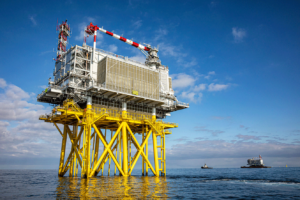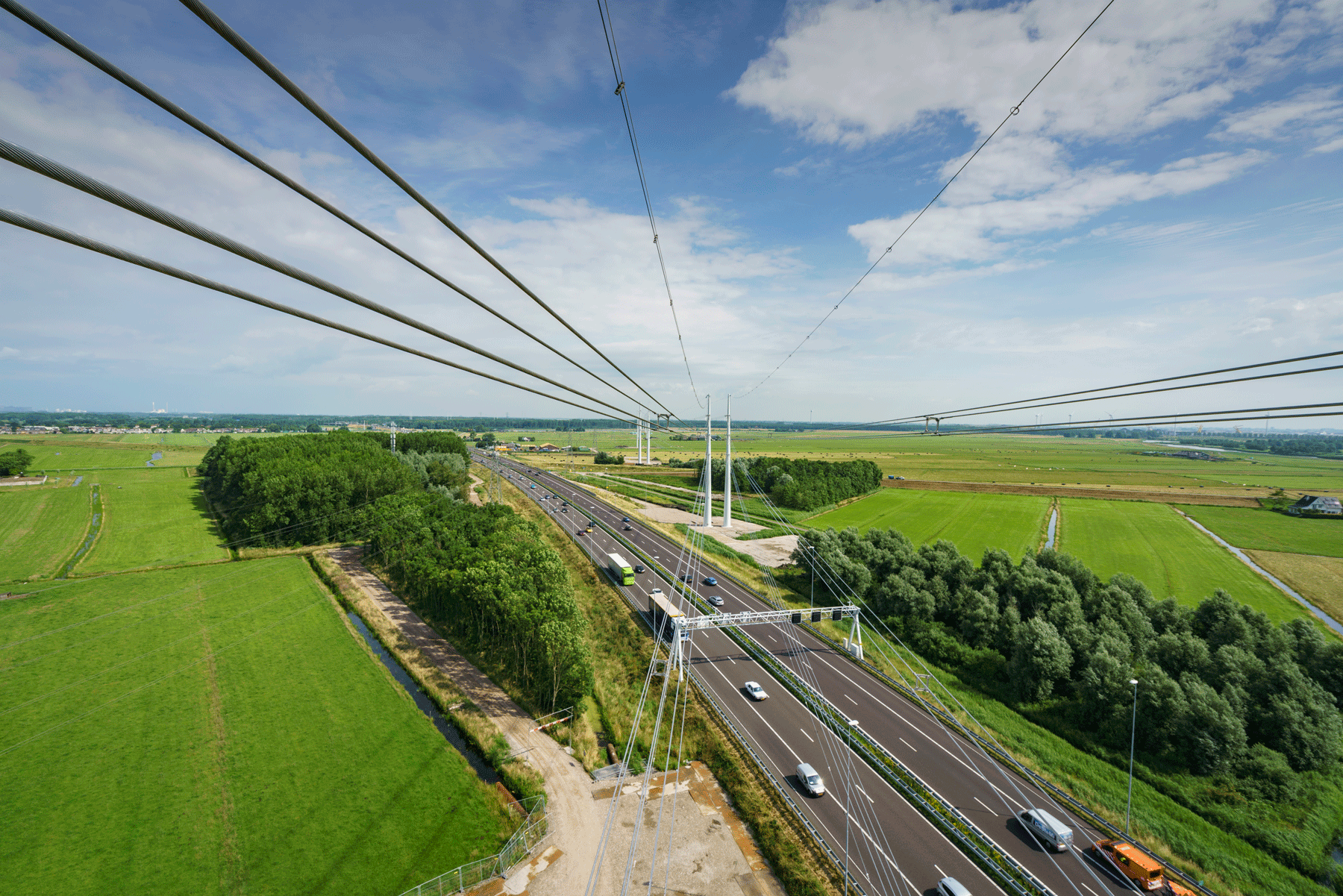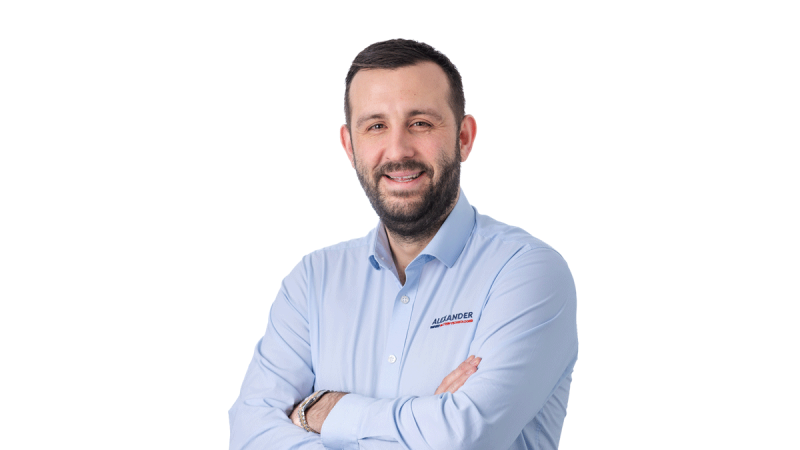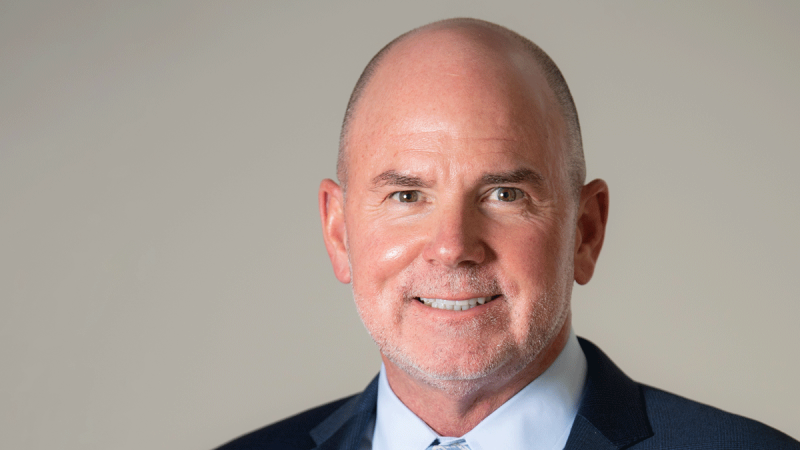TenneT is the largest European Transmission System Operator (TSO) and the only one with operations across borders, i.e. for the Netherlands, as well as a significant part of Germany. Owning and operating over 25,000 kilometres of high-voltage lines and cables, TenneT safely and reliably delivers electricity to 43 million domestic and business users.
The company’s team of 7,400 employees, working across two countries, are driven by a mission to keep the lights on wherever and whenever it is needed. It is responsible for designing, building, maintaining, and operating a high-voltage grid that stretches across the continent from the point of generation to the point of use.
But the energy sector is undergoing a worldwide transformation, and TenneT plans to be a key player in making that transformation a success.
The company’s vision for the future of the power grid was laid out in its Target Grid, presented this April to the Minister for Climate and Energy Policy of the Netherlands, Rob Jetten. Target Grid represents TenneT’s plans for what its infrastructure will look like by 2045.
 The proposals illustrate a new approach that has been conceived to handle the tremendous challenges of the energy transition. The goal is a flourishing, sustainable economy, with enough green electricity for everyone.
The proposals illustrate a new approach that has been conceived to handle the tremendous challenges of the energy transition. The goal is a flourishing, sustainable economy, with enough green electricity for everyone.
It proposes a network of DC (direct current) superhighways and energy hubs, the DC grid (electricity superhighways), and a significantly improved existing AC (alternating current) grid so that renewable electricity can be transported long distances from the North Sea to the grid as a whole.
“The world in which we operate as an electricity transmission system operator is rapidly changing. For the first time, on the basis of political objectives for climate neutrality, we have created a view of the energy system for 2045 and the associated electricity grid,” says Manon van Beek, TenneT’s CEO. “Our infrastructure is crucial to such a degree that we are putting it in the driver’s seat so to speak so that TenneT can start working on what is needed on time, rather than ten or fifteen years from now when it is too late.”
But while Target Grid demonstrates TenneT’s long-term plans, it is only one of a series of projects TenneT is engaged in to lay the foundations of that vision.
A New Contract
At around the same time Target Grid was presented, TenneT also signed a contract with four cooperation partners in Berlin to develop the North Sea as a hub for sustainable and independent European energy production. These long-term framework agreements secure the resources necessary for building grid connections from North Sea wind farms to supply as much electricity as large-scale power plants (28 Gigawatt). The contracts represent Europe’s largest-ever tender award for energy transition infrastructure with an accumulated value of €30 billion.
The new standard has been made available to other TSOs and market parties in order to expedite the expansion of a meshed HVDC grid in the North Sea and to connect 65 GW offshore wind farms until 2030 to the four North Sea bordering EU member states.
TenneT’s COO, Tim Meyerjürgens, says of the deal, “As the leading offshore transmission system operator in the EU, we have the know-how needed to make Europe’s goal of securing an independent supply of renewable energies a reality. To achieve this, the North Sea must be developed as Europe’s green powerhouse and quickly connected to the electricity grids on land. We are acting and investing accordingly. Our 2GW Program will help make green wind energy from the North Sea scalable and more cost-efficient – while continuing to minimise any impacts on the environment.”
TenneT’s commitment to integrating a large quantity of offshore wind into the grid will drive real change in the energy system. For the energy transition to be a success, grid expansion must keep pace with the expansion of new renewable energy resources. That means shorter contracting processes, large-scale tenders, and standardised solutions. It is an approach TenneT’s projects demonstrate admirably.
 New Connections
New Connections
As well as this landmark agreement, TenneT has also concluded a framework cooperation agreement for at least ten 525 kV HVDC cable systems with delivery between now and 2031. TenneT will supply six German and three Dutch 2 GW offshore grid connection systems as well as a German onshore project, NordOstLink, that will be operational in 2032, with plans for further future projects. The work will involve 7,000 kilometres of HVDC cables.
TenneT also has a contract for an additional five Dutch offshore projects, on top of the framework agreement.
“Together, we will deliver around 10,000 kilometres of HVDC cable for fifteen on and offshore grid connection systems in Germany and the Netherlands by 2032 with these awards alone,” Meyerjürgens says.
That is alongside plans for a new electricity link that will connect offshore wind farms between the Netherlands and the UK. Called “LionLink”, this project will support decarbonisation, energy independence and strengthen British, Dutch, and European energy security through the first cross-border direct current cable.
It is a vital step towards an integrated offshore grid in the North Sea.
“It is our conviction that offshore hubs configured in a meshed DC grid must form the backbone of the North Sea powerhouse,” van Beek says. “This is a view that is increasingly shared, and for us, it is more than a vision of the future. In fact, we are already doing it by kicking off this ground-breaking LionLink project right now.”
This is the kind of project that TenneT is perfectly positioned to carry out, with the technical know-how, scale, and geographical position to connect wind energy from the North Sea.
“This is one of the most important infrastructure projects of the century; the green transformation of the energy system is key for the decarbonisation of industry,” Meyerjürgens says.
To achieve the ambitious targets TenneT is shooting for, the company is using a novel framework agreement that offers growth opportunities for technology companies and transmission system operators alike.
“We have set a new kind of framework agreement that allows for scaling through efficiently expanding these new offshore systems – both for technology companies and for other transmission system operators,” Meyerjürgens says. “This will stimulate the market to build up the resources and comprehensive supply chains we need in a targeted and – crucially – in faster way.”







